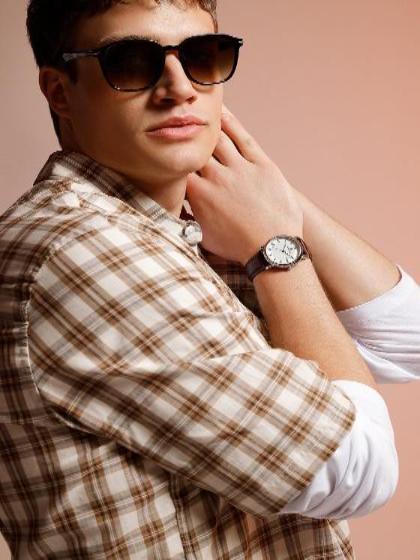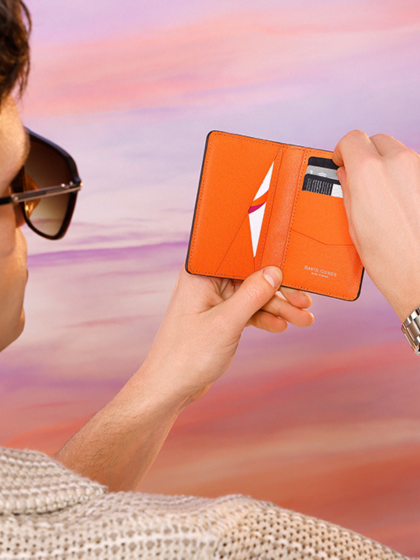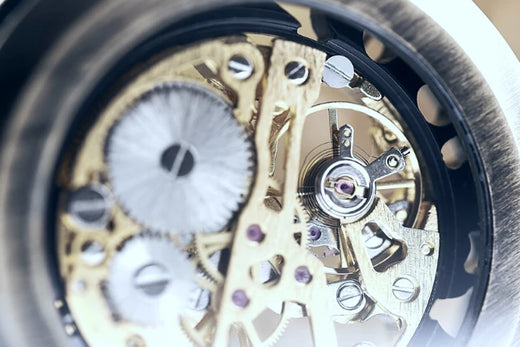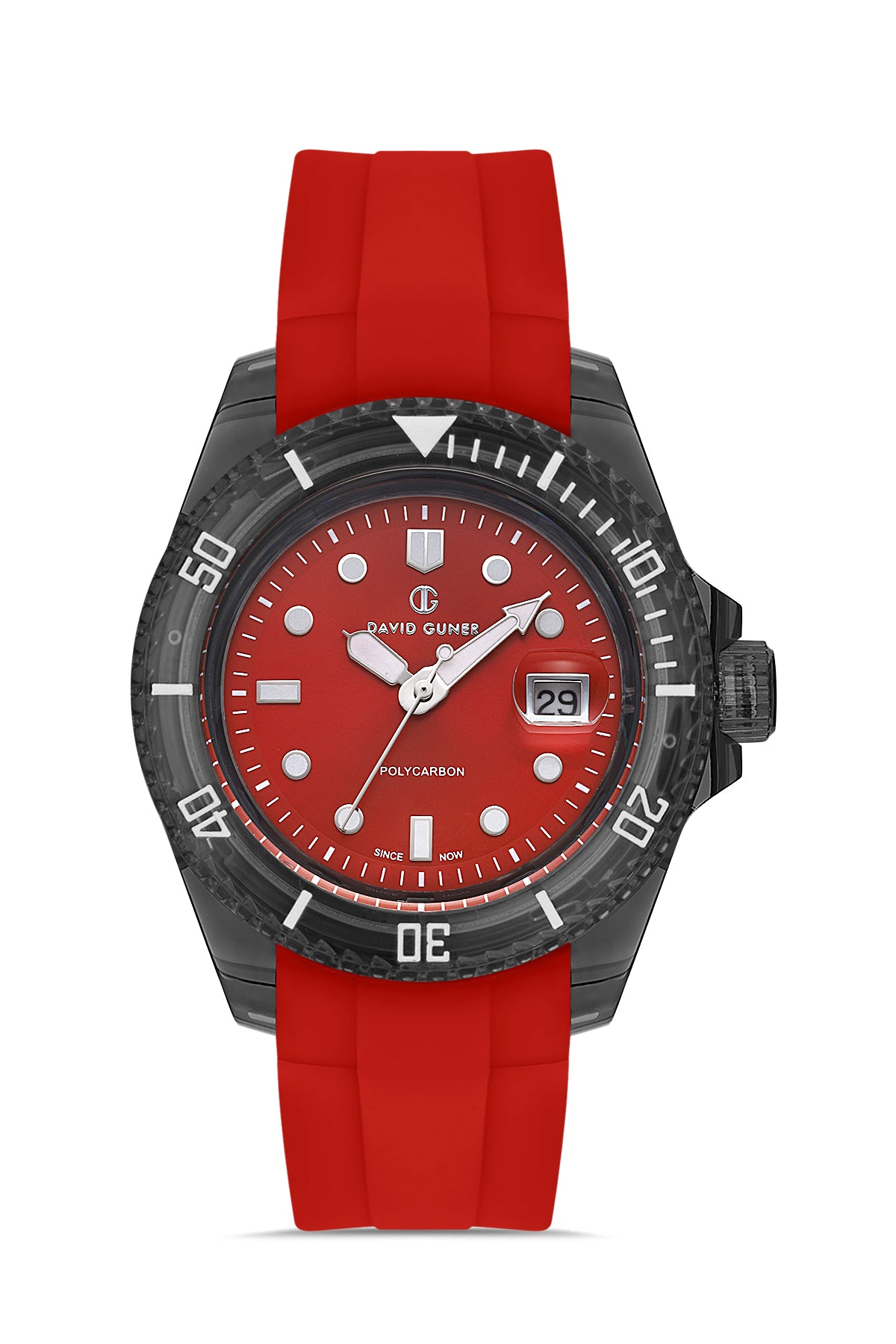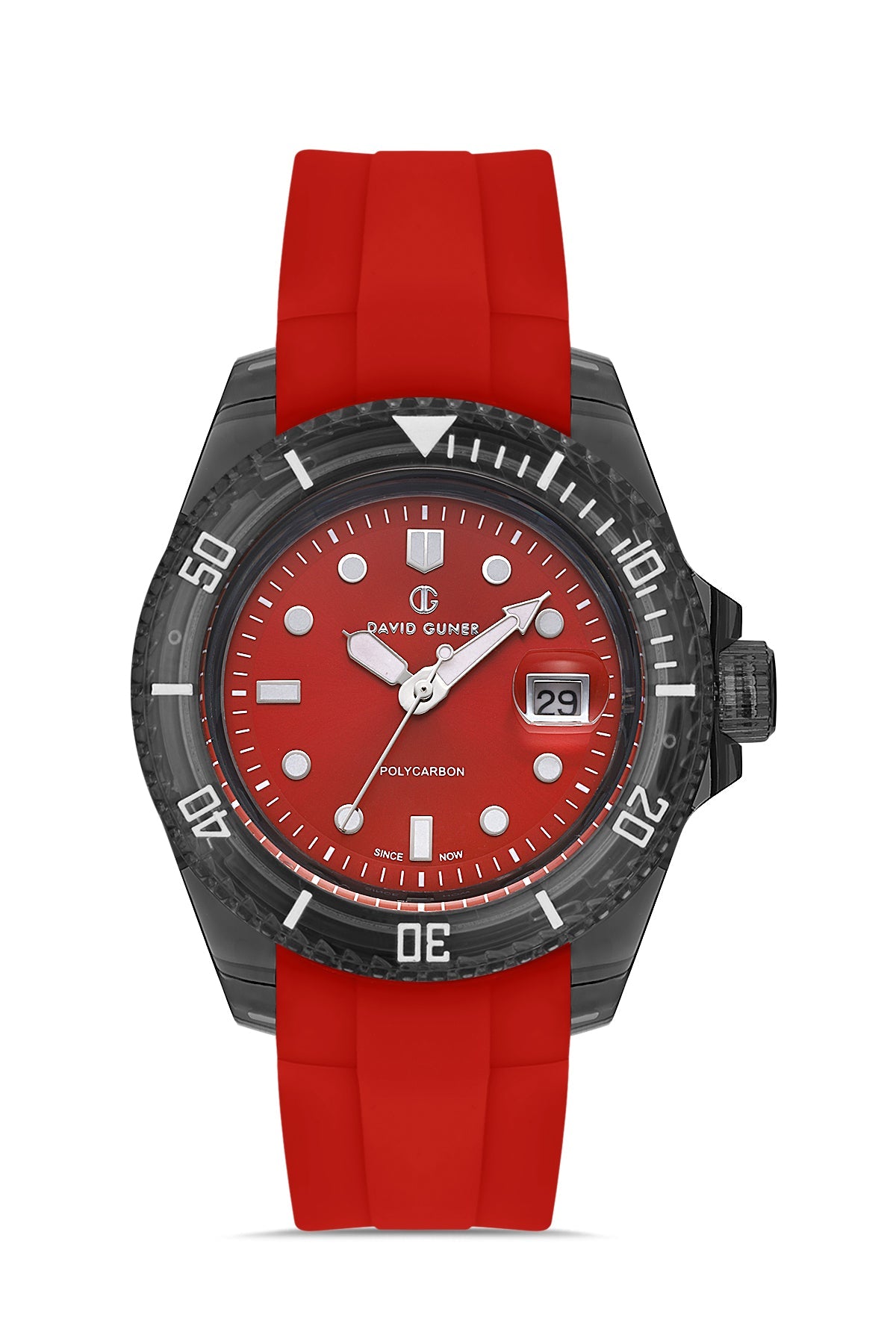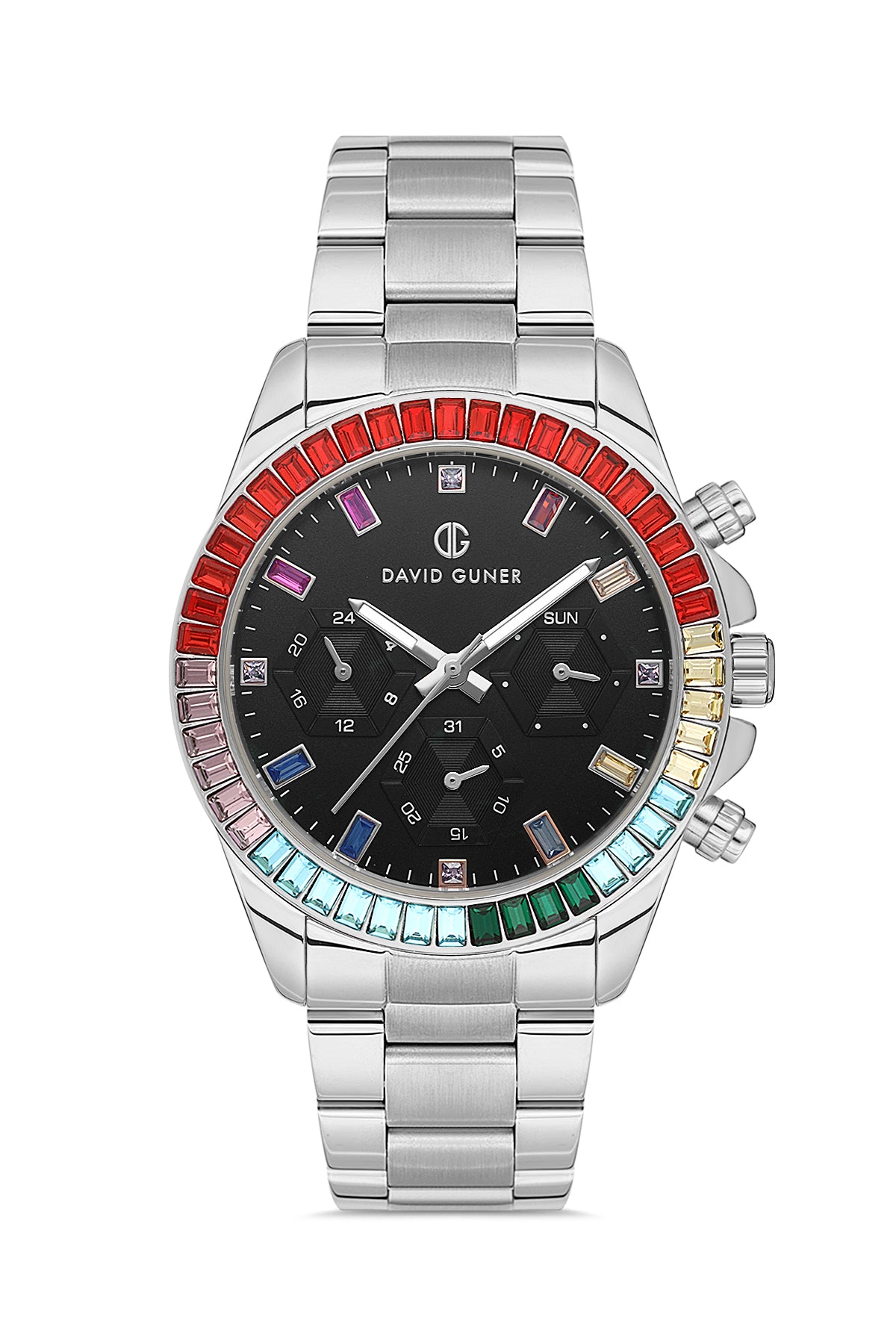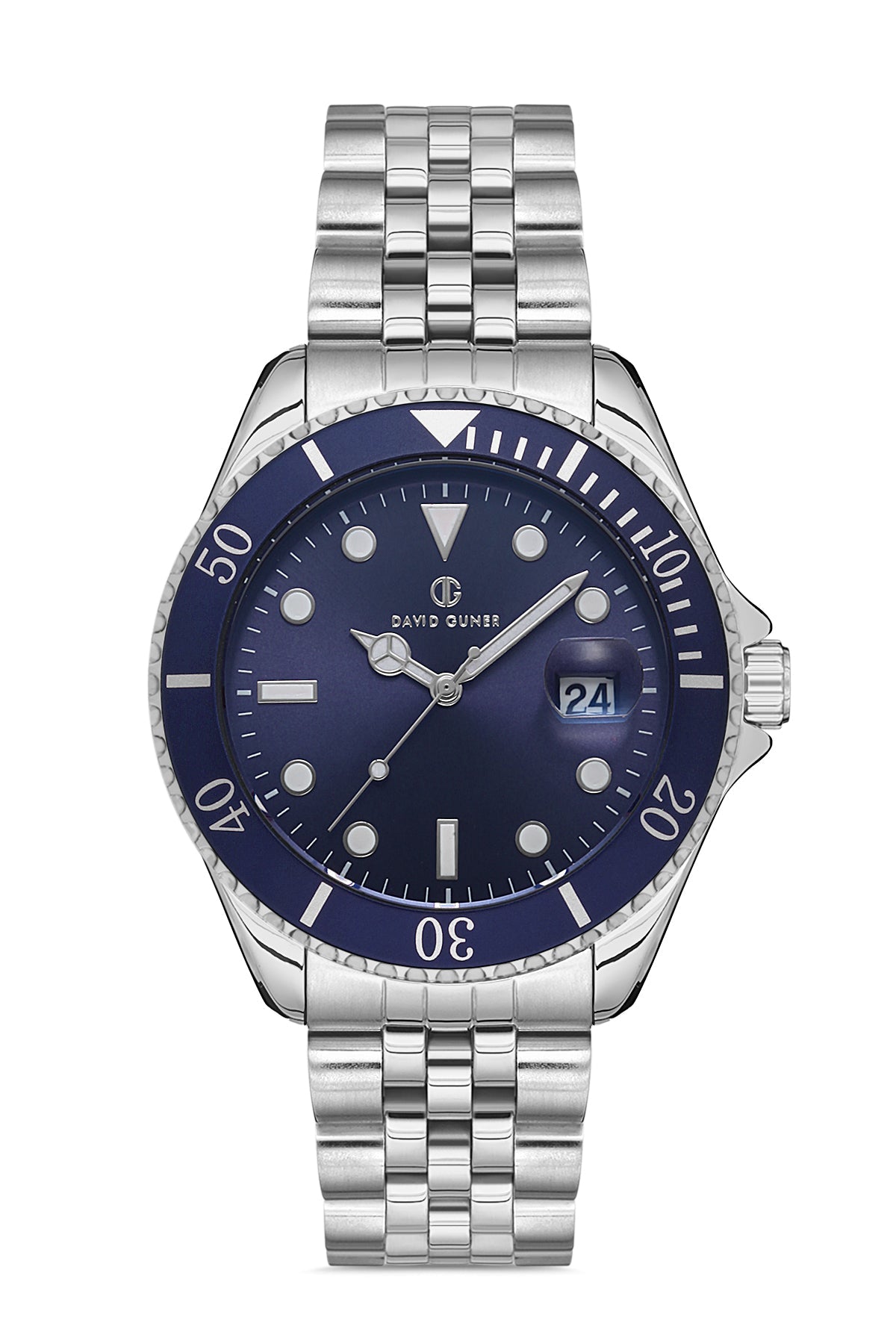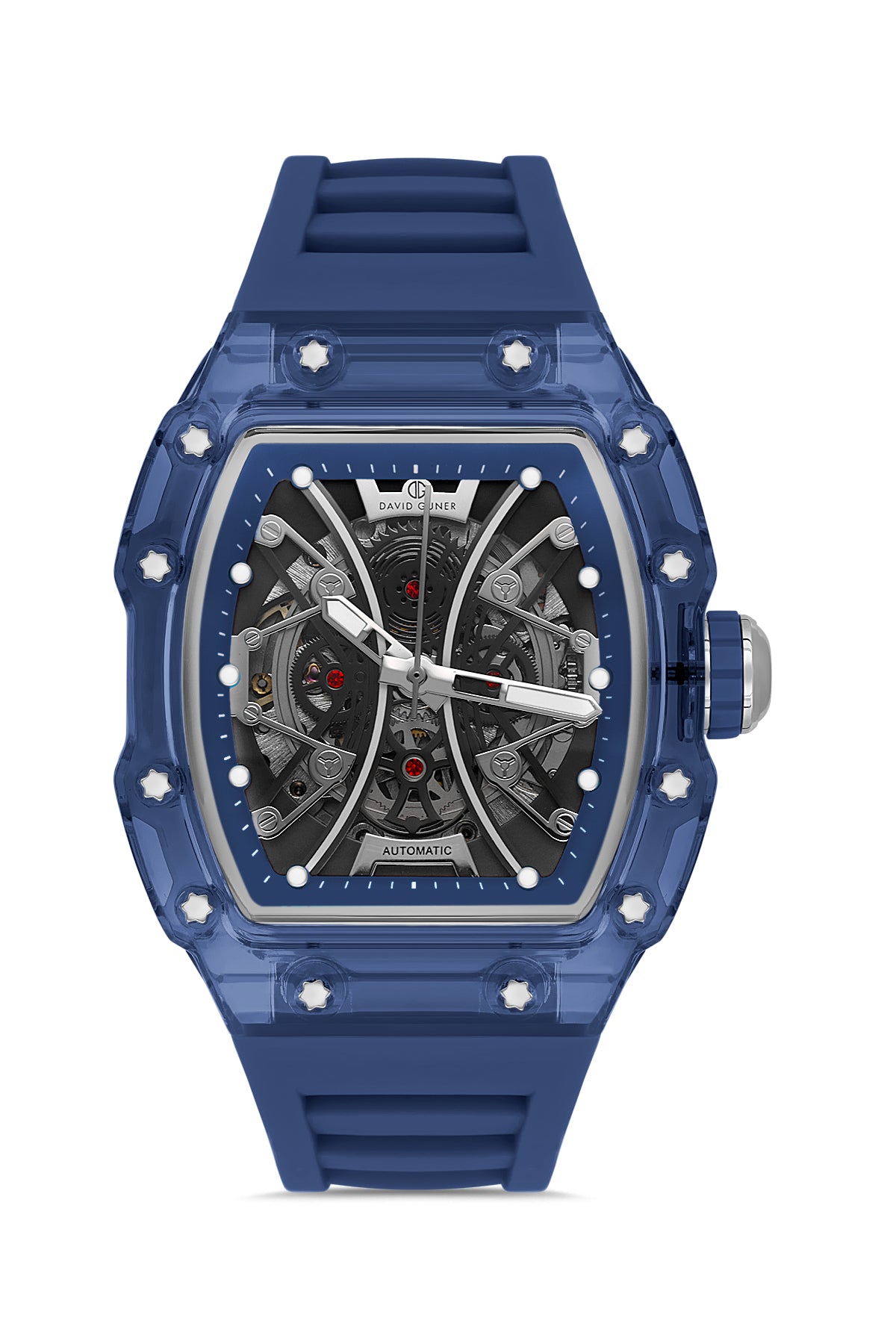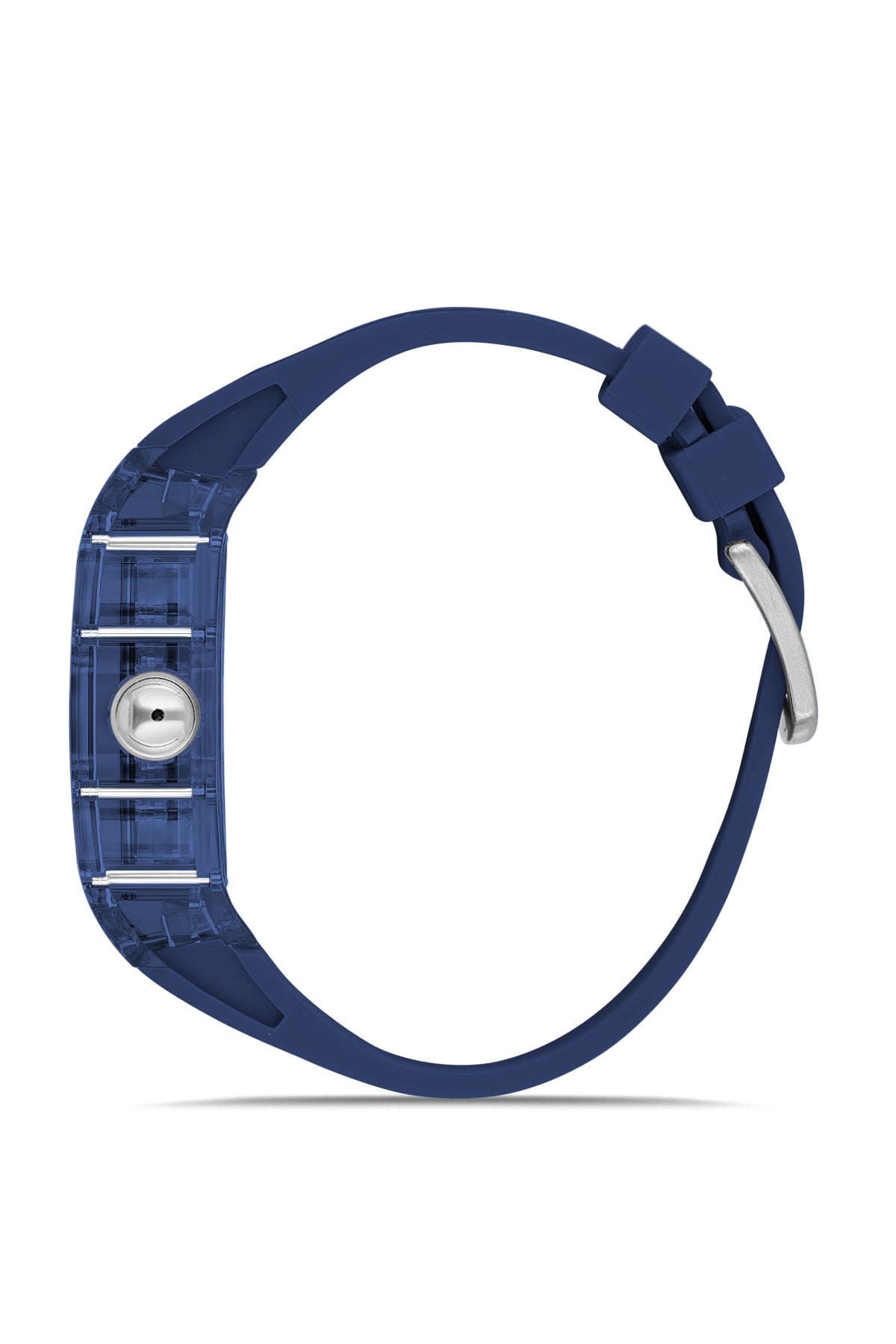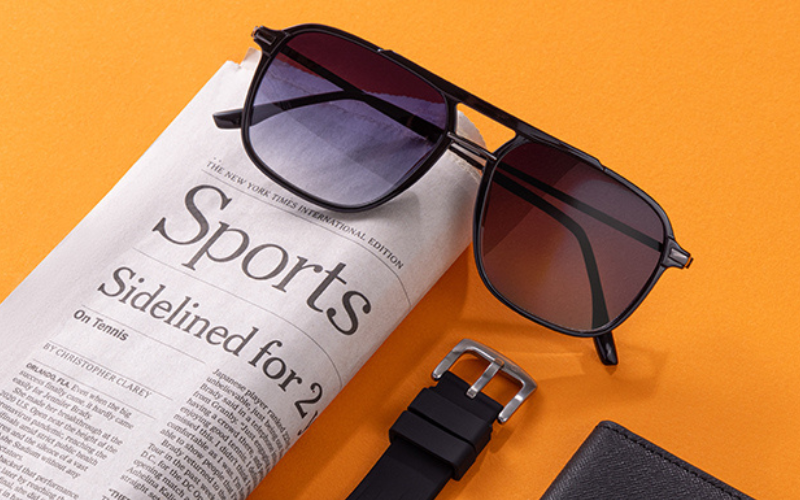The watch, which has undergone many changes since the day it was invented and is still available in different models and functions, is formed by the combination of a number of parts. In this article, we will focus on the names of the watch parts, the parts of the Watch, and the parts inside the watch. Watches, which differ from each other with their production techniques, materials used and designs, are frequently used by men and women, especially as accessories. In addition to their main function, watches worn as complementary elements in completing the combination with their aesthetic appearance can sometimes be an indicator of elegance and sometimes of sportiness. First of all, how is a clock made? ' and then we will explain the parts of the watch to you.
How to Make a Clock?
Clocks, one of the most important inventions in human history, have become a symbol of people's aesthetic tastes in addition to their basic function. Although each brand, model or type of watch has different production processes, they are carried out more or less similarly.
The watch manufacturing process begins with hand-drawing the watch design. In order to ensure technical details and precise measurements, the Watch is designed by transferring all its details to the digital environment. In this very intense phase, all the details of the Watch are checked. Brand identity, target audience, standards that add value to the watch, and usage features are evaluated and put into the production process.
The production phase of the Watch, which is ready in terms of design and technique, begins. The materials from which the clock will be made are selected at this stage. While some brands may produce the materials used themselves, some brands may procure these materials from outside. Watch production begins with the collection of all parts of the watch.
The stage where watch parts are assembled is described as quite delicate and complicated. Small-sized parts must be placed in the watch in the most accurate way, which is where its precision comes from. Watch technicians expertly assemble these parts. At this stage you can hear the Watch pulse starting to beat. Mechanism construction is completed at this stage and testing processes are next.
The testing process of micron-sized parts included in the mechanism begins. The mechanism, which has been confirmed to operate flawlessly and smoothly under sensitive and special testing processes, is now ready to be reunited with its body.
The Watch mechanism, which has passed the necessary tests, is combined with external components such as dial, Band, glass, case and pins that will protect it and help it achieve an aesthetic appearance. The Watch, created by combining external components and mechanical parts, takes its place to adorn the wrists.
Components of the Physical Structure of the Watch
Dial
The surface that helps read the time with Latin, Roman or index numbers is called a dial. The dial, which is fixed to the machine with its feet underneath, is generally designed as a metal base. However, in some models, the dial is made of different materials such as mother-of-pearl.
Till
The part where the watch's dial, mechanical system and indicators are located is called the case. In other words, it is the part that creates the visual features of the watch. The case, whose basic function is to protect the dial and its mechanical system from external factors, is connected to the Band with a part called a horn. When the case needs to be opened due to the dial or mechanical system, the back cover is opened, and this back cover is attached to the case tightly or with a screw. There are oval, barrel or diagonal shaped case models. Additionally, the case carries a variety of buttons. These buttons allow the use of various functions of the watch.
Band
It is the part that ensures that the case remains fixed on the arm. It is the part that provides the most aesthetic appearance among the parts of the watch, being made of materials such as leather, silicone and steel. There may be fastening parts on the Band, also known as a cord or bracelet. Bands in bracelet form can be attached directly to the arm as they have a flexible structure. The commonly used Band component is the buckle, and in some models the buckle is designed with a button. This piece is also called clip. The clip is useful for attaching the watch to the wrist.
Machine
It is the most important part among Watch parts. The machine helps you keep track of the time of the watch. There are three types of machines: quartz (battery operated), automatic and winding. In automatic and wind-up machines, the machine parts can be separated and the damaged part replaced with a new one, but in battery-operated machines, the machine is replaced with a new one, not the damaged part.
Components of the Mechanical Structure of the Watch
Spring
It moves all the wheels of the watch by tightening it with the crown found in automatic watches. If the energy reserve required by the watch is not filled with the mainspring, the watch works with the movement it receives from the wrist, but stops when it is removed.
Table
It acts as a heart between the parts of the clock. It is the tong that provides the strokes that determine the oscillation of the balance wheel with its arms. The ticking sounds heard from the clock also come from the tongs.
Balance Wheel
Counting the time unit is the most important part that undertakes the task. The balance wheel, which creates continuous back and forth movements, also acts as a pendulum in the clock.
Gear Set
The gear set that carries the power to the balance wheel of the watch; It creates seconds, minutes and hours. The gear set, which is also called a gear wheel and consists of many gears coming together, has a very sensitive system.
Other Parts Found in Watches
bezel
The frame that grips the glass of the watch is called the bezel. Very rarely, it can also be found at the bottom of the glass. The main function of the bezel piece is to allow time differences to be read. The bezel can be turned in one direction on some watches, and in both directions on some watches, and may be fixed on some watches. While fixed bezels can be used as tachymeter scales, rotatable bezels have the feature of measuring time.
Top
The button-shaped part on the outside of the case is called the crown. Although the crown is connected to the movement, it is not among the parts inside the watch, but is located on the outside. The crown, which acts as the adjustment of the hour and minute hands, allows winding the spring to the moon in mechanical watches. The other name of the crown is the crown. The part that allows the crown to give commands to the machine is called the rod, and the screw threads on the rod help turn the wheels of the machine.

